Search
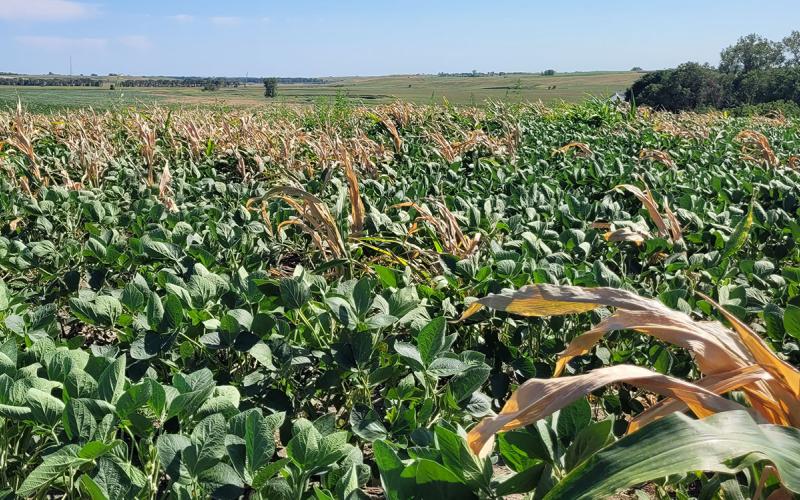
Stalk Grazing to Combat Volunteer Corn
Fall aftermath grazing by livestock, particularly cows, can dramatically reduce the amount of volunteer corn in the field. Learn some key benefits that stalk grazing can bring to your operation.
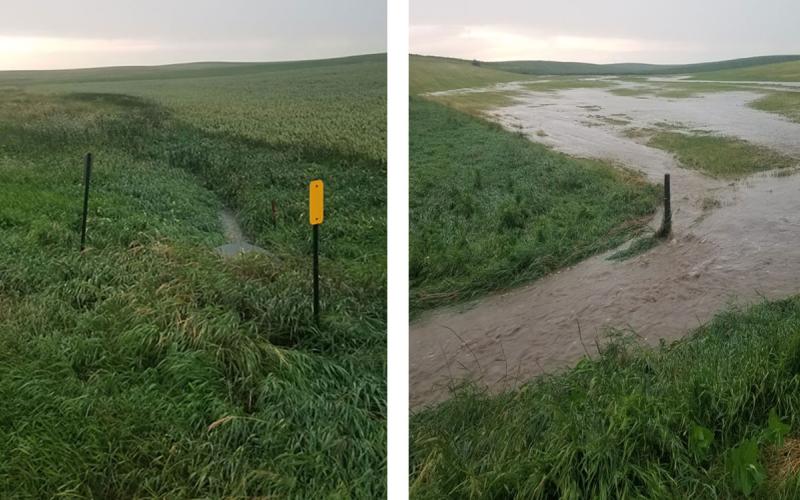
Tale of Two Watersheds
See the difference that cover crops and a no-till cropping system can have on watersheds when high winds and heavy rains impact our region. The difference in the amounts of run-off water is astounding!

South Dakota 4-H Announces 2022 State Scholarship Recipients
August 15, 2022
Ten South Dakota 4-H members have been selected as the 2022 South Dakota 4-H State Scholarship recipients.
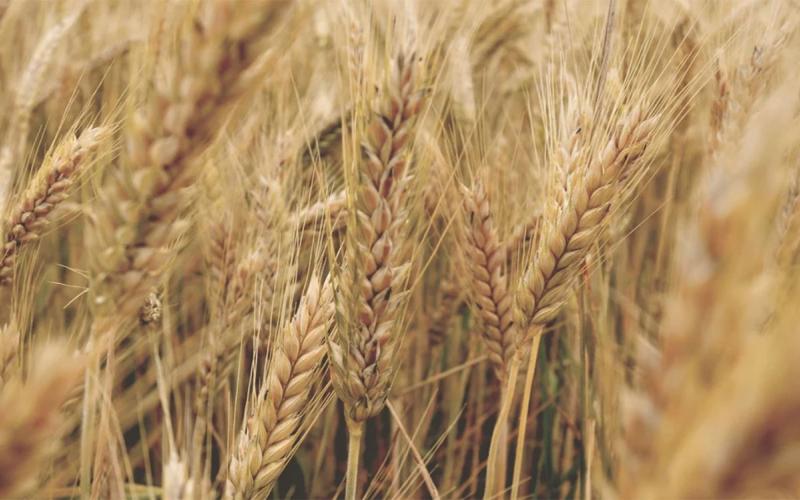
SDSU Extension 33rd Annual Winter Wheat Meeting To Be Held August 24
August 19, 2022
SDSU Extension, in collaboration with the Jones County Crop Improvement Association, will host the 33rd Annual Winter Wheat Meeting in Draper, South Dakota, on August 24 at 6:30 p.m. CDT.

About 4-H
Learn about SDSU 4-H mission, values, history and initiatives. Discover the 4-H essential elements, learning model, and life skills that 4-H members will obtain through hands on learning. Discover the many different science, health, agriculture and citizenship projects available in the 4-H programs.
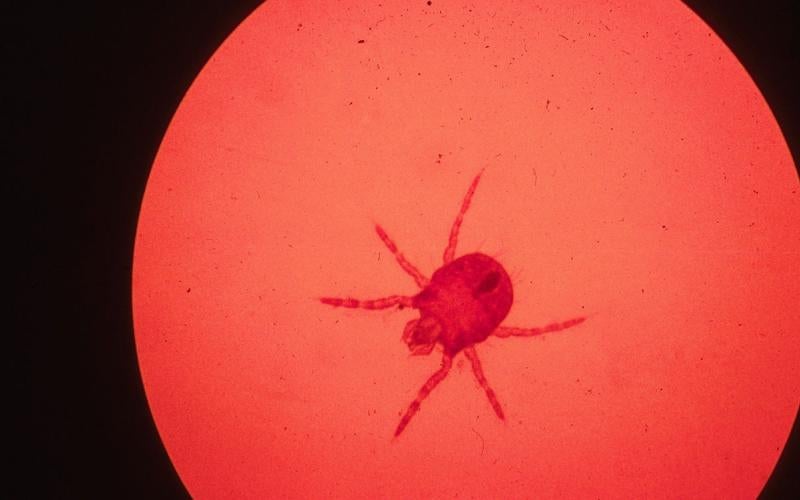
What To Do About Chiggers
Chiggers are a persistent summer arthropod pest that many people want to get rid of in their lawns. While it is understandable that people want to eliminate them, the best defense against chiggers is being prepared before going outside.
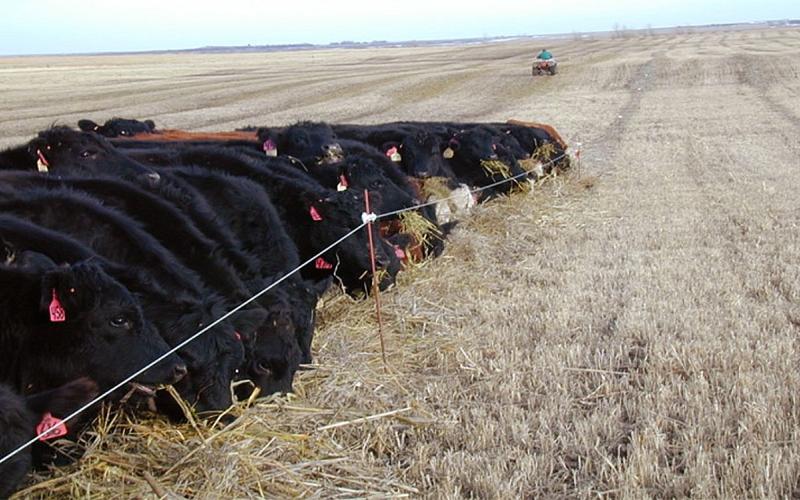
Swath Grazing
Swath grazing can be utilized with various crops and can improve utilization of the crops for feed, while decreasing fuel, harvest and feeding costs and also improving soil health.
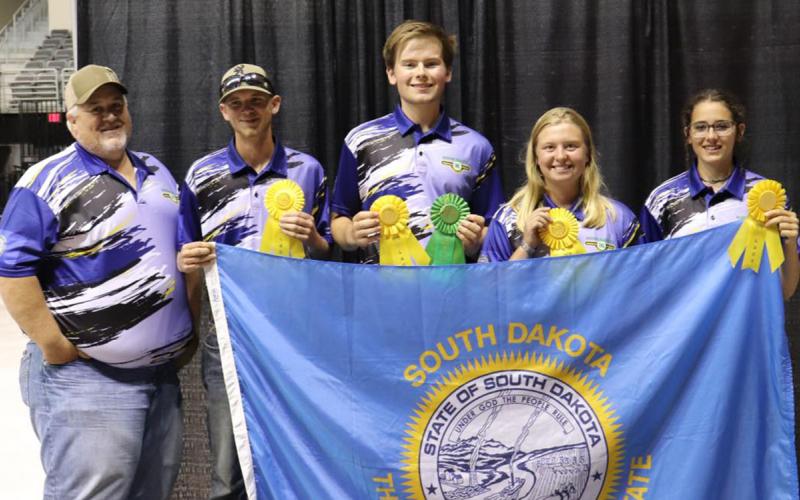
South Dakota 4-H Members Participate in 2022 4-H Shooting Sports National Championships
August 24, 2022
South Dakota 4-H was represented by 35 youth from 19 counties as members of 9 teams at the 2022 4-H Shooting Sports National Championships held June 26 -July 1, 2022, in Grand Island, Nebraska.
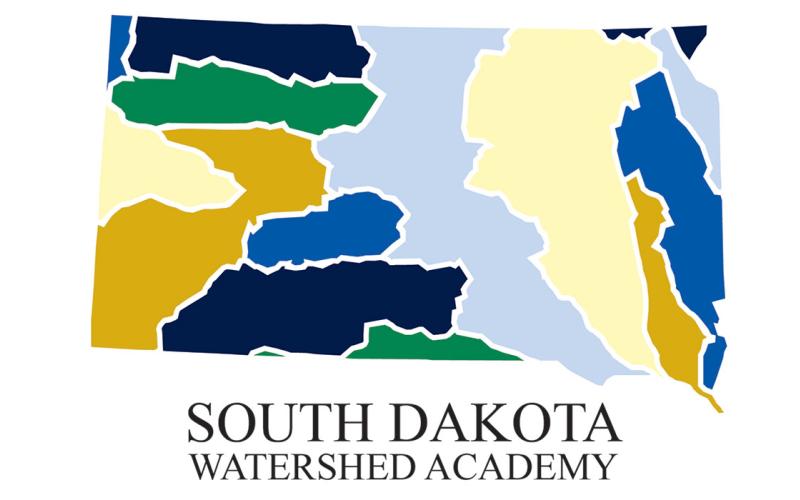
SDSU Extension Hosts First South Dakota Watershed Academy
SDSU Extension recently hosted the South Dakota Watershed Academy at the Oak Lake Field Station. The workshop was designed and organized in consultation with USDA Natural Resources Conservation Service to provide information on water resources regulation and monitoring.

Cut Flowers on Campus: 2022 Zinnia and Snapdragon Trial Overview
The Lang Lab at South Dakota State University is currently working to increase research and support for South Dakota's cut flower farmers. Learn about their recent trial that examined popular cultivars of zinnias and snapdragons.